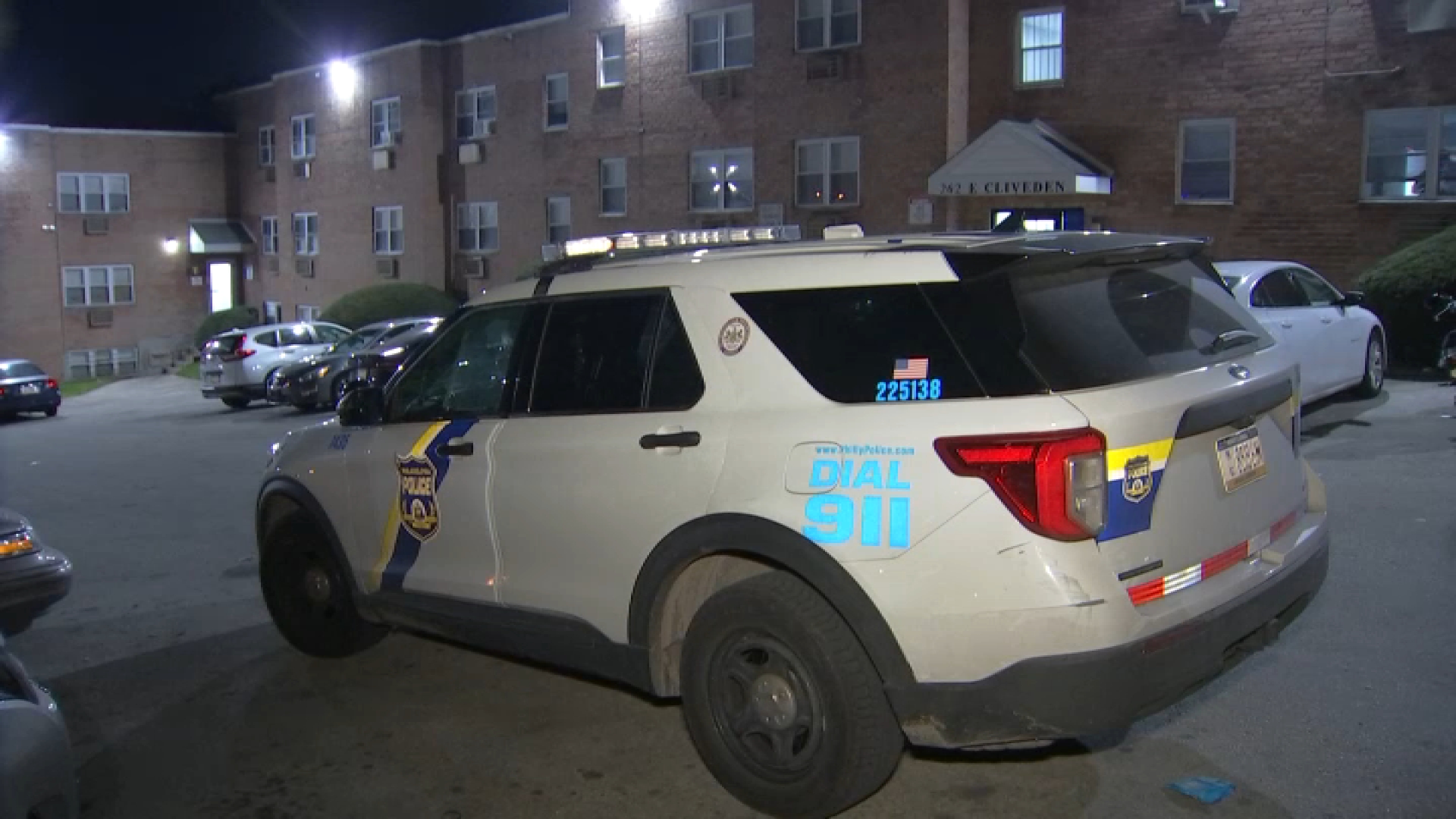NASA and a private engineering firm enlisted the help of Philadelphia University students to create the next iteration of the space suit.
The School of Design and Engineering at Phila U created three cover layers for NASA's Z-2 space suit -- a prototype that will be tested in a vacuum chamber, said Dan Huot, a NASA spokesman.
"This will be the first time we have ever taken a suit designed for planetary exploration and put a person inside the vacuum chamber and then brought it down to full vacuum," Huot said.
Full vacuum simulates the lack of atmosphere found in outer space, according to NASA's website.
The three designs, known as Biomimicry, Technology and Trends in Society, are the second step in a decades-long process to reinvent the space suit.
"With any prototyping platform, you are building towards an end goal and our end goal is a suit that can be worn by an astronaut on Mars," he said.
A space suit last entered the stratosphere during the Apollo program in 1969.
Star gazers can vote on their favorite of the three designs, which were produced in collaboration with the Frederica, Del-based private engineering firm, ILC Dover, and a team of NASA engineers in Houston.
Technically the interiors of the suits are the same and the student-created cover layers are the only difference, Huot said.
ILC Dover tapped the local school for the job, citing the university's programs and positive experiences with alums who currently work for the firm.
"[They] weren't just a fashion-design house," said Doug Durney, ILC Dover's global marketing director. "There was some form of industrial design and fashion design in the same school."
"And then lastly once we met with them, it was pretty obvious to us that the professors were highly motivated and skilled," he said.
ILC Dover and Phila U do not have any other joint projects in the works at this time, but the engineering company would work with the school again in the future, Durney said.
NASA has a long-standing relationship with ILC Dover and together they upgraded the suit's interior from the previous Z-1 design.
Local
Breaking news and the stories that matter to your neighborhood.
"When you design a space suit, you design it 100 percent for function," Huot said. "You are designing the suit to keep an astronaut alive in space."
"This suit will have what is known as a hard upper torso and that is pretty integral part in space suits," Huot said. "It becomes the backbone. ...It is what you can attach the life support system to."
Astronauts put on the suit by stepping through a port in the back, another upgrade from the Z-1, Huot said.
Even though the students were not involved in the interior improvements, the portion they designed serves two crucial functions. It prevents the sensitive inner materials from incurring damage, while concealing NASA's intellectual property, Huot said.
Voting continues until 11:59 p.m. on April 15 and NASA plans to announce the winner by April 30th.
"Option B, Technology, has been winning pretty handily the entire time," Huot said.
ILC Dover and NASA will build a working prototype of the winning design by November.
Contact Alison Burdo at 610.668.5635, alison.burdo@nbcuni.com or follow @NewsBurd on Twitter.



